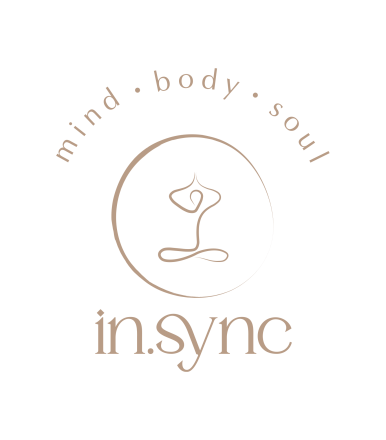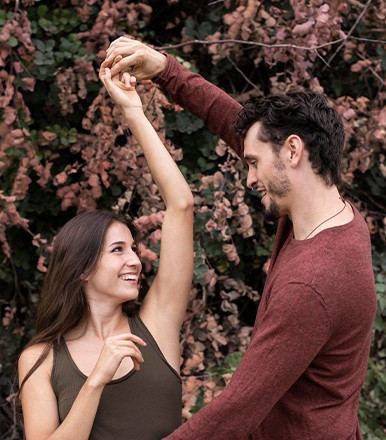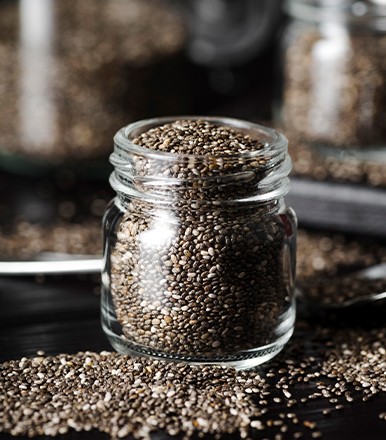Dancers, in their relentless pursuit of surpassing their previous selves, often push their boundaries, striving for perfection with each graceful movement. And amidst the pursuit of greatness, they often tend to cross the line between growth and injury.
In a society that advocates the philosophy of “no pain, no gain,” it is easy to overlook the body’s signals. However, it is essential not to disregard these signs as they can lead to minor setbacks and potentially career-threatening injuries. Hence, to ensure that no dancer has to endure anything remotely close to this, we have embarked on a journey to unravel the enigma behind injury prevention for dancers.
HFM recently had the privilege of conversing with Dr Dipti Jain, a distinguished physiotherapist specializing in Dance Medicine. She explored strategies for safeguarding against injuries while thriving as a professional dancer.
Understanding common dance-related injuries
With seven years of experience and dedicated practice in Indian contemporary dancers and their physical fitness, Dr Jain has seen and treated a fair number of injuries. Dancers put considerable stress on their bodies “in vertical ground reaction; forces increase with the intensity of the dance routine, and mechanical loading increases with movement difficulty, which often leads to injury.”
These injuries range from common issues like ankle injuries caused by landing, jumping, and twisting while performing to lower back and knee issues and clinical issues like snapping hip syndromes, which are characterized by an audible snapping sensation heard during movement of the hit joint. The proper screening tools can help prevent these injuries by predicting their risk.
Talking about dancers’ injuries, Dr Jain says, “Dancers are a special population. The approach to their injuries as well as their rehab is based on the demand of the activity required.” Hence, drawing from her wealth of experience, she emphasizes the importance of tailored assessment techniques in developing comprehensive treatment plans.
Science of Rehab
The first step of the rehab journey begins with the perfect assessment of the injury. Hence, it all starts with examining the range of motion, followed by muscle testing, power output, and flexibility tests to determine and diagnose the issue.
Following this, Functional Movement Screening is used to evaluate the quality of basic movement patterns. “Screening tools have a positive physical and psychological impact on dancers by allowing participation with reduced injury risk.” In FMS, seven different movements, such as deep squats, hurdle steps, in-line lunges, shoulder mobility, active straight leg raise, trunk stability push-ups, and rotary stability, are included.
“Since we have different dance forms in our culture, each form demands a unique approach and treatment plan. Ballet requires partner lifting, Bharatnatyam requires good footwork, and upper limb weight bearing is required in breaking.” Hence, when forging a treatment plan, the focus shifts to movement patterns that mimic the type of movement the practitioners indulge in during dancing.
The key here is to strengthen weaker muscles and avoid stretching the overused muscles. “I have also developed detailed assessment plans that measure their power output, agility, coordination, balance, and cardio-respiratory fitness,” she says, emphasizing the role and importance played by good breathing technique in dancers.
Preventing Injuries in Dance
Just like any sport, dancers can be educated about the dos and don’ts in their particular field to avoid basic injuries. Dr Dipti Jain aims to “provide education and create awareness regarding injuries that can happen in dance rehearsals… that involve factors like floors and props.” She aims to reduce or eliminate risk factors such as hypermobility/hypomobility, fatigue, floor surface, footwear, and improper landing techniques.
Furthermore, she advocates dancers to indulge in physical regimes to stay ahead of the injury curve. She also creates “dance-specific routines for different communities, keeping in mind their demands on the body and their present physical fitness.”
In her professional career, Dr Dipti has worked and successfully rehabilitated professional dancers with various issues, including hip impingement and lower back pain caused by SI joint (sacroiliac joint) dysfunction. Her commitment to continual learning ensures that dancers receive the highest standard of care.
Returning to Dance
Resuming the practice can be a daunting task post-injury. It can always make the practitioner feel cautious. However, Dr. Jain believes that a safe transition is possible, given that the dancers take care of themselves in the real sense by allowing themselves the right environment, which will eventually fulfill their physiological, psychological, and nutritional needs. For her, “a healthy dancer is in the stage of being well in both body and mind to combat high demands on the body at an optimal level.”
With her immense expertise and guidance, Dr Dipti Jain has provided vital tools for injury prevention and recovery. By following these instructions, dancers can proactively protect themselves against injury while optimizing their performance potential. Education and awareness will further bolster their defenses, helping them recognize and mitigate risk factors within their practice.
For those on the path to recovery, Dr. Jain’s holistic approach offers hope. It guides injured dancers toward a safe and expedited return to their art. By listening to their bodies and embracing self-care, dancers ensure a future of sustained excellence and uninhibited artistic expression.
CoRehab
Welcome to CoRehab, where Dr Dipti Jain, a seasoned physical therapist with a decade of clinical experience, is passionate about helping athletes recover from injuries and Excel in your sport by focusing on precise technique and movements. At CoRehab, we provide a tailored approach to your specific needs ensuring a seamless transition from recovery to peak performance.
Why choose CoRehab?
- Expertise: In-depth knowledge of rehabilitation strategies
- Individualized care: tailored treatment plans for specific goals and needs
- Correct Technique and movements: foundation of peak performance
- Injury prevention: Education is a huge part of the rehabilitation experience
- Holistic approach: combines physical therapy with lifestyle recommendations for lasting results.
Make a lasting investment in your athletic journey while safeguarding your physical health with CoRehab.
Dr. Dipti Jain (MPT, M.IA.P.)
Consultant Physiotherapist
Hello Fitness Magazine is your go-to resource if you're seeking comprehensive insights into holistic wellness for the modern woman. From fitness tips tailored to busy schedules to mindfulness practices and nutrition guidance, our magazine covers a wide spectrum of topics to support your journey towards a balanced and Healthy lifestyle. Visit the Website to explore our latest articles and discover expert advice on achieving wellness in today's fast-paced world.














